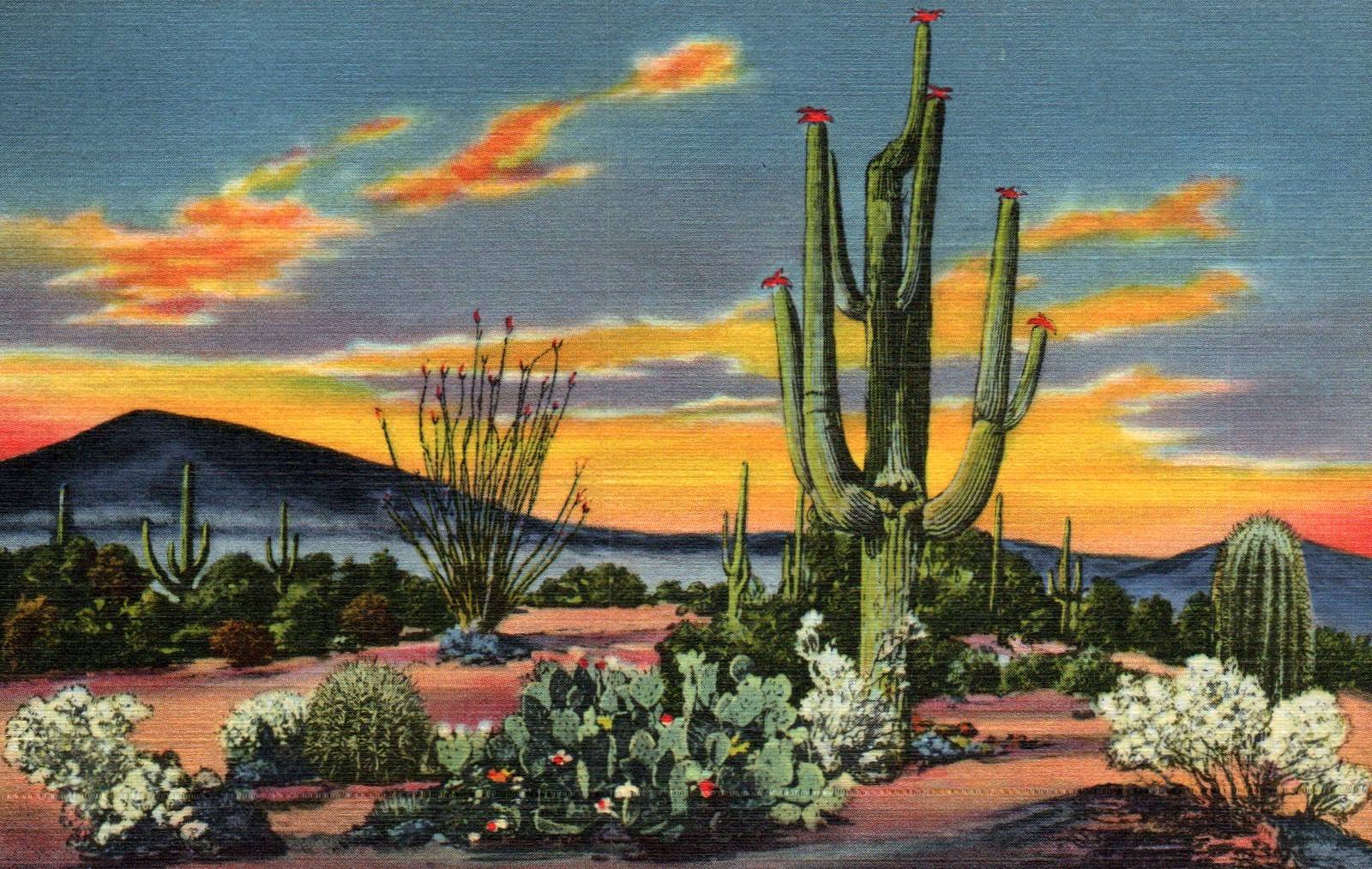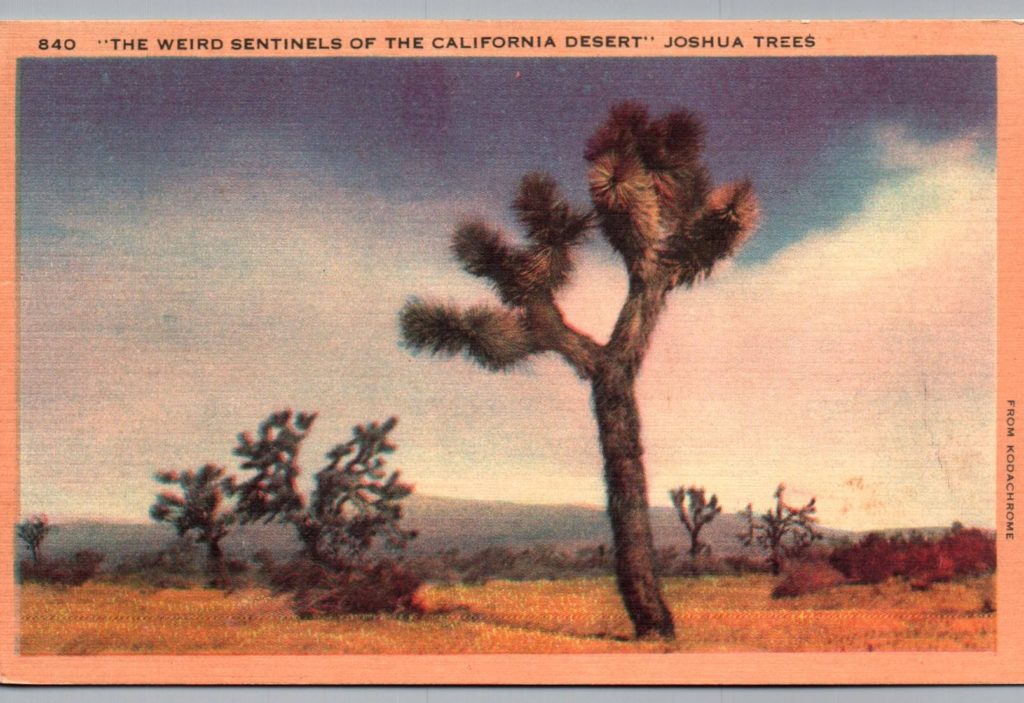
Yucca is a genus of perennial plants that are native to the deserts, mountains, and grasslands of North and South America. They are known for their tall spikes of white or creamy white flowers, which are often used in cut flower arrangements. The leaves of yucca plants are stiff and sword-shaped, and they are often used as a natural fiber in the making of rope, mats, and baskets.
Yucca plants are also well adapted to survive in dry conditions and they are drought tolerant. They typically require little maintenance and are often used in xeriscaping and other dry landscape designs. Some popular species of yucca include the Joshua tree, the Spanish bayonet, and the Adam’s needle.
Yucca plants have also been used for medicinal purposes by native peoples, such as treatment of skin conditions, and as a food source. The root of some species can be used as a source of soap and the fruit can be eaten. Yucca aloifolia, commonly known as the aloe yucca, dagger plant, or Spanish bayonet, is a species of yucca that is native to the southeastern United States, including parts of Florida, Georgia, and the Carolinas. It is known for its tall spikes of white or creamy white flowers, which are often used in cut flower arrangements. The leaves of Y. aloifolia are stiff and sword-shaped, and they are often used as a natural fiber in the making of rope, mats, and baskets. It typically grows to be 3-6 feet tall and 3-4 feet wide.
Xeriscaping
Xeriscaping is a method of landscaping that emphasizes the use of drought-tolerant plants and efficient irrigation techniques. The goal of xeriscaping is to create a beautiful and functional landscape that requires minimal water and maintenance. The term “xeriscaping” comes from the Greek word “xeros” which means “dry,” and it was first coined by the Denver Water Department in 1981.
Xeriscaping typically includes the use of native plants that are well-adapted to the local climate and soil conditions. These plants are often drought-tolerant and require little water once established. In addition to the use of drought-tolerant plants, xeriscaping also incorporates other water-saving techniques such as the use of mulch, efficient irrigation systems, and rainwater harvesting.
Xeriscaping can save homeowners money on their water bills, while also reducing their environmental impact by using less water. Additionally, it can create an attractive and low-maintenance landscape that can be enjoyed for years to come.
Buck Horn Cactus
The buck horn cactus, also known as the devil’s claw cactus, is a type of cactus that is native to the deserts of the southwestern United States and northern Mexico. It is known for its long, curved spines that resemble the horns of a buck. The stems of the buck horn cactus are elongated and cylindrical, and can grow up to several feet tall. The cactus produces small flowers, usually in shades of yellow, red, or orange, during the spring and summer. The fruit of the buck horn cactus is edible and can be used to make jams and jellies.
Buck horn cactus is a slow growing plant and it is drought tolerant, making it well suited to xeriscaping and other dry landscape designs. The spines of the buck horn cactus are long and sharp, which can cause skin irritation if handled without caution.
Cholla cactus
Cholla cactus, also known as “jumping cactus,” is a type of cactus that is native to the deserts of the southwestern United States and northern Mexico. It is known for its cylindrical stems that are covered in sharp, needle-like spines. The cholla cactus has a distinctive appearance, with its stems appearing to be made of small, segmented segments. It produces colorful flowers, usually in shades of pink, purple, and yellow, during the spring and summer. The fruit of the cholla cactus is edible and can be used to make jams and jellies, and it is also used in traditional medicine.
One of the unique characteristics of cholla cactus is that the spines can detach easily and can stick to clothing or skin, causing irritation. It is also a popular plant for landscaping and xeriscaping because of its low water requirements and its ability to tolerate extreme heat.
Palo verde
A palo verde is a type of tree or shrub that is native to the deserts of the southwestern United States and northern Mexico. “Palo verde” means “green stick” in Spanish, and it is named for its green bark, which is an adaptation to the desert’s hot and dry climate. The green coloration helps the tree to photosynthesize and produce food, even during drought conditions.
There are several species of palo verde, but the most common is the blue palo verde (Cercidium floridum), which is known for its bright blue-green bark and yellow flowers that bloom in spring. The tree can reach up to 30 feet tall and wide, and it has a delicate, open canopy of delicate, feathery leaves. They are drought tolerant and can survive on minimal water, making them ideal for xeriscaping and other dry landscape designs.
In addition to being an attractive landscape plant, palo verde also provides food and habitat for wildlife, such as birds and insects. They can be found in areas with low rainfall and are well suited to dry, arid and semi-arid regions.
Joshua Tree

The Joshua tree, also known as the Yucca brevifolia, is a species of yucca that is native to the southwestern United States, specifically the Mojave Desert in California, Arizona, and Nevada. It is known for its unique shape, with twisted and spiky branches that can grow up to 40 feet tall. The Joshua tree is a slow-growing tree that can live for hundreds of years.
The Joshua tree produces large clusters of white or cream-colored flowers that bloom in late winter or early spring. The fruit of the Joshua tree is edible, but it is not commonly consumed. The Joshua tree is also known for its ability to survive in extremely arid conditions and it is considered a keystone species for the Mojave Desert ecosystem. It is also a symbol of the American west, and it is depicted in many artworks, songs and photographs.
The Joshua tree is also considered an indicator species for the health of the Mojave Desert ecosystem, and its population has been declining in recent years due to a combination of factors such as climate change and human development. The Joshua tree has been designated as a threatened species under the California Endangered Species Act.
giant saguaro cactus
The giant saguaro cactus (Carnegiea gigantea) is a species of cactus that is native to the Sonoran Desert in Arizona, California, and Mexico. It is known for its large size, with some individuals reaching up to 50 feet tall and weighing up to 6,000 pounds. They typically grow very slowly, taking up to 75 years to reach maturity, and can live for over 200 years. A cactus like this is featured in my free printable cowboy cat in the desert card.
The giant saguaro cactus has a distinctive shape, with a tall, columnar trunk and branches that grow out from the top, giving it a tree-like appearance. The trunk is thick and covered in a thick, spongy layer of tissue that stores water. The cactus produces large, white, bell-shaped flowers that bloom in late spring, followed by red or yellow fruit that is edible.
The giant saguaro cactus is a symbol of the American Southwest and it is protected by law in Arizona as the state’s official flower. They are also an important part of the desert ecosystem, providing habitat and food for a wide variety of animals, including birds, insects, and mammals. Unfortunately, saguaros are threatened by illegal collection, habitat destruction, and climate change.

